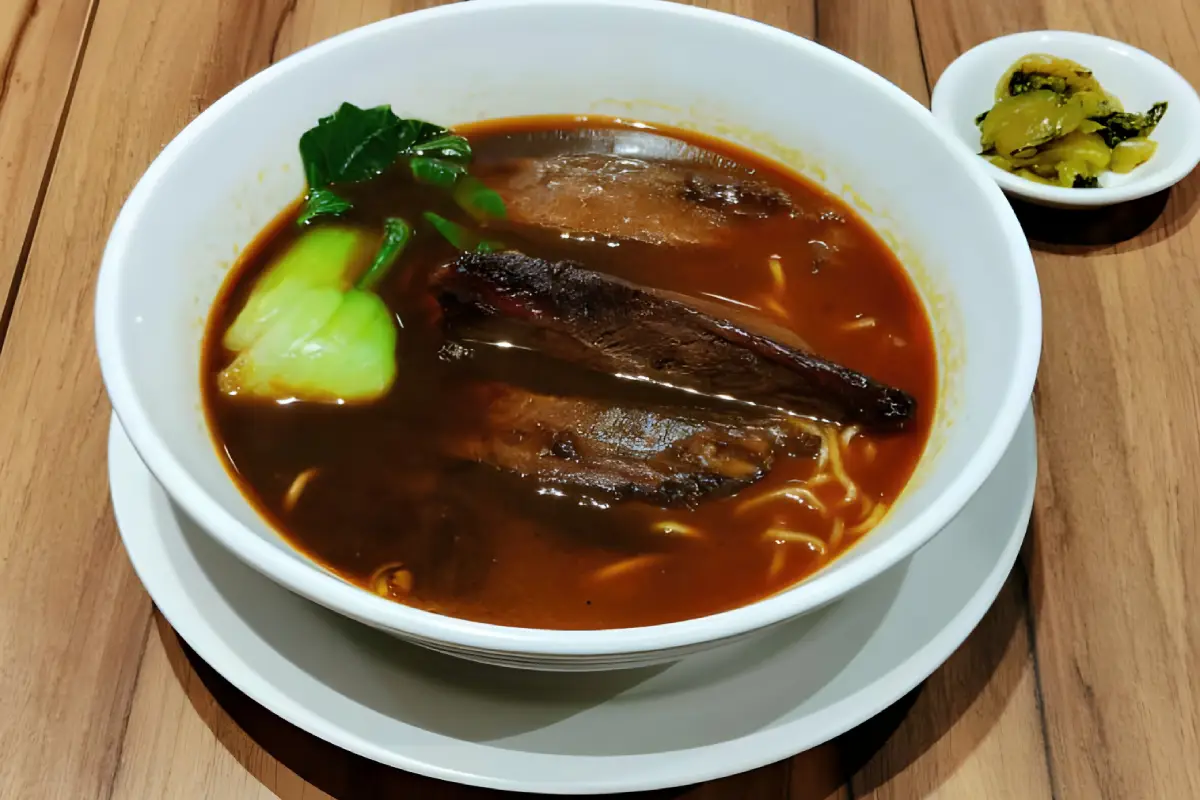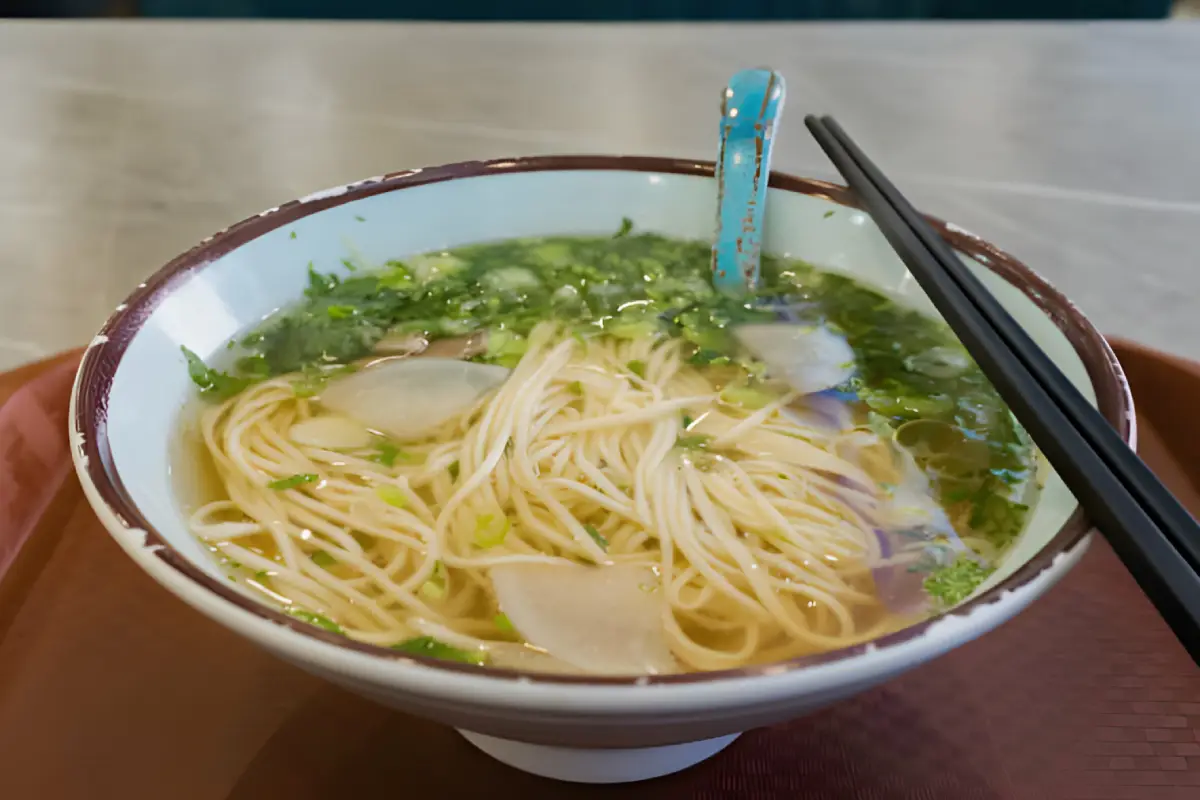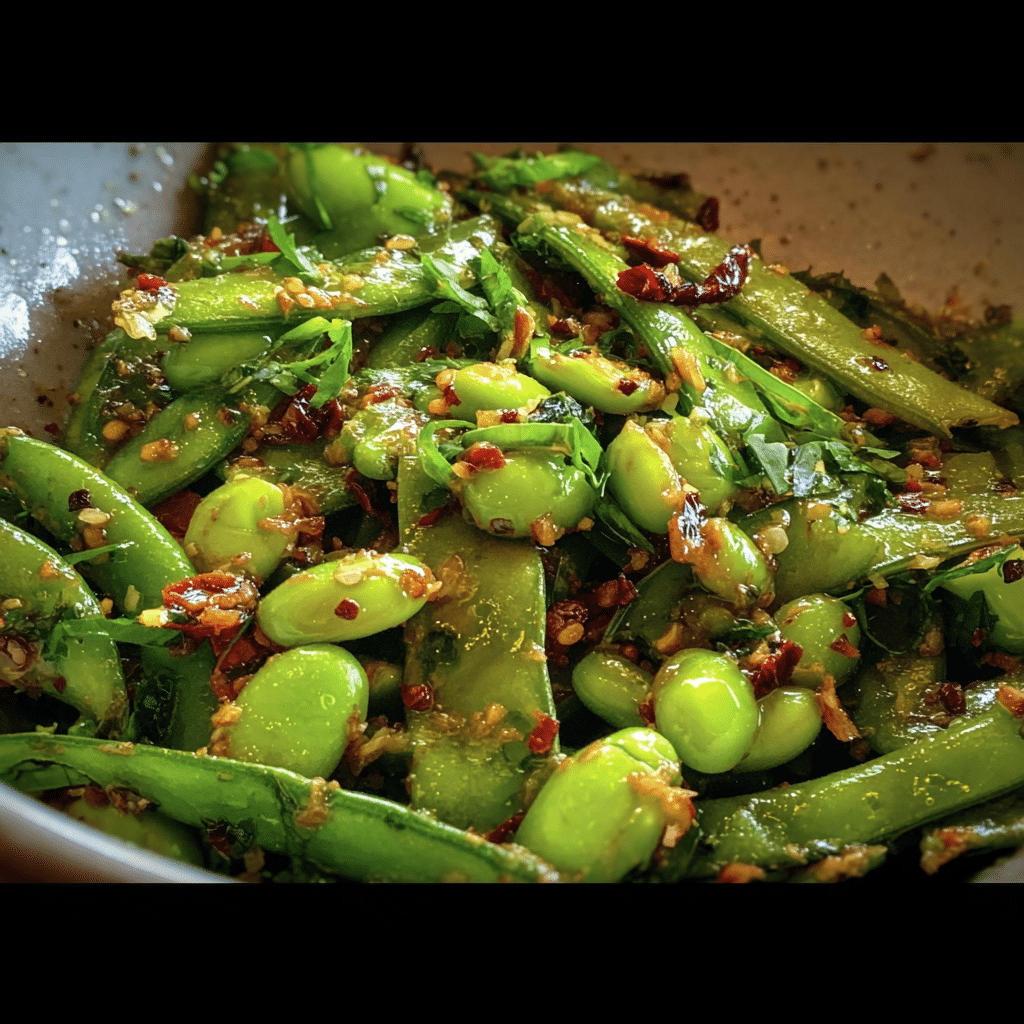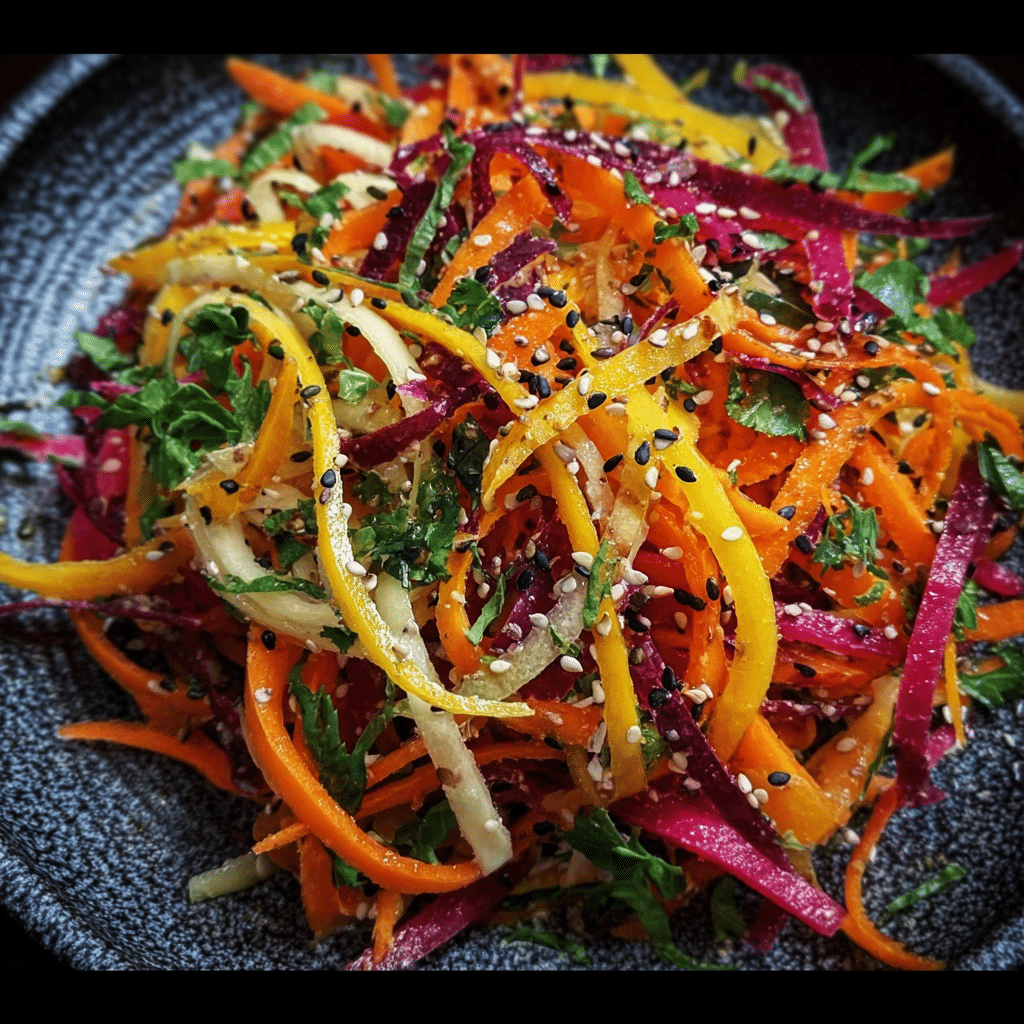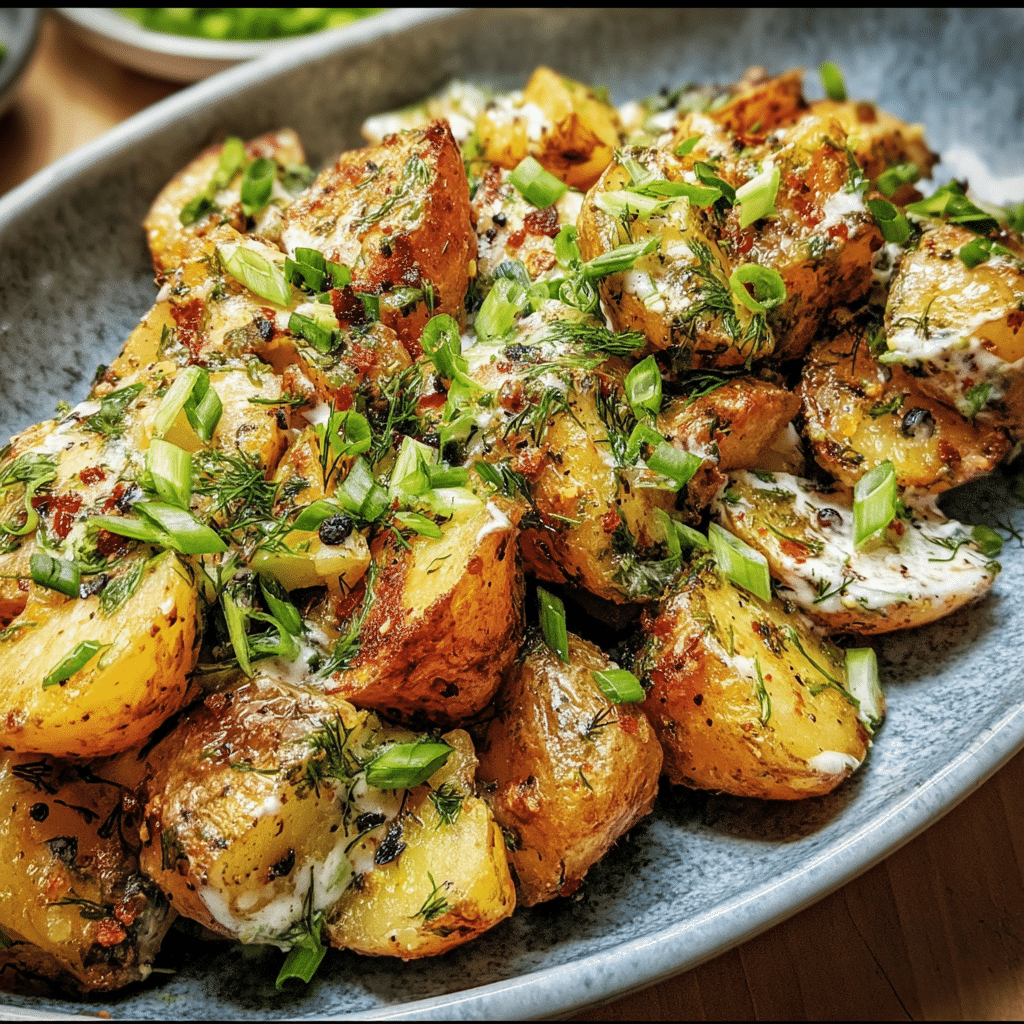Introduction to Beef Ramen Noodle Recipes
The World of Beef Ramen
Beef ramen noodle has surged in popularity across the globe, becoming a staple in the diets of many due to its delicious flavors and versatile nature. This dish, originating from Japan, has transcended its traditional roots to become a beloved meal in countless cultures, offering a comforting bowl of noodles, broth, and beef that can be customized with a variety of toppings.
In this article, we’ll dive into the world of beef ramen noodle recipes, exploring the different ways to prepare this dish, the key ingredients that make it stand out, and some tips to elevate your ramen game. Whether you’re a seasoned chef or a curious foodie, there’s always something new to discover in the realm of beef ramen.
- Popularity: The global love affair with beef ramen is undeniable. Its rich flavors and easy customization make it a favorite among all age groups.
- Versatility: From traditional recipes to modern twists, beef ramen can be adapted to suit any taste, making it a versatile dish for any meal.
- What We’ll Cover: We’ll look at various beef ramen noodle recipes, discuss the essential ingredients and techniques, and provide tips for making your bowl of ramen truly special.
By the end of this article, you’ll have a deeper understanding of beef ramen and be equipped with the knowledge to create your own delicious versions at home. Let’s embark on this culinary journey together, exploring the rich flavors and endless possibilities that beef ramen noodle recipes have to offer.
For those interested in broadening their culinary skills, consider exploring our guide on how to enjoy stromboli, which offers insights into enjoying and serving different types of dishes. Additionally, our article on crispy mashed potato pancakes can provide inspiration for side dishes that pair wonderfully with a hearty bowl of beef ramen.
Exploring Beef Ramen Varieties
Classic Beef Ramen
The journey into the heart of Japanese cuisine is incomplete without savoring the classic beef ramen. This dish, a symphony of flavors and textures, stands as a testament to the simplicity and elegance of traditional cooking. At its core, classic beef ramen embodies the harmony between rich broth, tender beef, and springy noodles, garnished with a thoughtful selection of toppings to enhance its umami depth.
- Key Ingredients:
- Rich beef broth: The soul of any ramen, its depth and flavor are paramount.
- Tender slices of beef: Usually brisket or loin, cooked to perfection.
- Springy ramen noodles: The backbone of the dish, ideally fresh or well-selected dried noodles.
- Garnishes: Green onions, bamboo shoots, nori (seaweed), and a soft-boiled egg to round off the dish.
- Preparation Tips:
- Start with a high-quality beef broth, simmered for hours to extract maximum flavor.
- Cook the beef until it’s just tender to ensure it melts in your mouth.
- Pay attention to the cooking time of your noodles to avoid them becoming too soft or too firm.
- Garnish wisely to complement the rich broth and tender beef without overpowering them.
Exploring the world of beef ramen opens up a realm of culinary possibilities. From the classic beef ramen to more modern interpretations, each bowl tells a story of tradition, innovation, and the universal love for comforting, delicious food.
Spicy Beef Ramen
Spicy beef ramen takes the classic comfort of beef ramen and infuses it with a kick of heat, making it a perfect dish for those who love a bit of spice in their meals. This variation not only warms the soul but also tantalizes the taste buds with its complex flavors and aromatic spices.
How to Spice Up Your Beef Ramen
To transform your beef ramen into a fiery delight, consider incorporating these key ingredients:
- Chili Oil: A drizzle of chili oil can instantly elevate the heat level of your ramen.
- Fresh Chilies: Sliced jalapeños or Thai chilies add a fresh, spicy kick.
- Spicy Bean Paste: A tablespoon of spicy bean paste can deepen the flavor profile with umami and heat.
- Crushed Red Pepper: For those who prefer a dry heat, a sprinkle of crushed red pepper flakes can do wonders.
Preparation Tips
- Start by sautéing your chosen spicy ingredients in a bit of oil to release their flavors before adding them to the broth.
- Balance the heat with a touch of sweetness, such as a spoonful of honey or sugar, to round out the flavors.
- Be mindful of the spice levels; you can always add more, but it’s difficult to dial back the heat once it’s in the broth.
Beef Ramen Stir-Fry
Discover a delightful twist on the traditional, soup-based ramen with this Beef Ramen Stir-Fry recipe. Moving beyond the broth, this dish combines the hearty flavors of beef with the classic noodles, infused with a variety of cooking techniques and essential ingredients to elevate your meal.
A Twist on Tradition
Ramen has long been cherished for its comforting broth and versatile flavors. However, this Beef Ramen Stir-Fry recipe takes a bold step away from tradition, introducing a savory mix that tantalizes the taste buds. By focusing on stir-frying, we unlock a new realm of textures and tastes, making every bite a memorable experience.
Incorporating beef into ramen noodles not only adds a rich source of protein but also enhances the dish with a deep, umami flavor. The key to this dish lies in its simplicity and the quality of its ingredients. Fresh vegetables, such as bell peppers and onions, add a crunch that contrasts beautifully with the tender beef and soft noodles.
Cooking Techniques and Essential Ingredients
The art of stir-frying requires mastering the balance between heat and timing. High heat and quick cooking ensure that the beef remains tender, while the vegetables retain their vibrant colors and crisp texture. Essential ingredients like soy sauce, garlic, and ginger form the backbone of the flavor profile, creating a harmonious blend that is both bold and comforting.
Vegetable-Loaded Beef Ramen
Elevate your ramen game with this vegetable-loaded beef ramen recipe. This dish is not only a feast for the eyes but also a nutritional powerhouse, incorporating a variety of vegetables for a balanced and satisfying meal.
A Balanced Dish with a Variety of Vegetables
Ramen is a versatile dish that can be adapted to include a wealth of nutritional benefits. This recipe takes advantage of that versatility by loading up on vegetables, making it a perfect option for those looking to increase their vegetable intake in a delicious way.
- Broccoli, carrots, and bell peppers not only add vibrant colors but also provide a range of vitamins and minerals.
- Mushrooms offer a meaty texture and umami flavor, enhancing the beef without overpowering it.
- Spinach or bok choy can be thrown in at the last minute for a quick wilt, adding a fresh and slightly crunchy texture to the dish.
Suggestions for Vegetable Pairings and Cooking Methods
The key to a successful vegetable-loaded beef ramen lies in the pairing of vegetables and the methods used to cook them. Here are some suggestions to get the best out of your ingredients:
- Sautéing garlic and onion first creates a flavorful base that infuses the entire dish with depth and aroma.
- Quick stir-frying of vegetables like snap peas and carrots ensures they retain their crunch and nutrients.
- Adding leafy greens towards the end of cooking preserves their color and texture, ensuring they’re just wilted and not overcooked.
For those interested in exploring more about cooking with vegetables, this guide on vegetable pairings and cooking methods can provide further inspiration and practical tips to enhance your culinary creations.
Creamy Beef Ramen
Indulge in the rich flavors of Creamy Beef Ramen, a luxurious twist on the classic noodle dish. This recipe elevates traditional beef ramen to a new level of decadence, incorporating creamy elements that blend seamlessly with the savory taste of beef.
Creating a Richer, More Indulgent Beef Ramen
Transform your beef ramen with ingredients that introduce a creamy texture and depth of flavor. The secret to achieving this indulgence lies in the selection of:
- Coconut milk or heavy cream for a silky, rich broth
- Miso paste and butter for an umami-packed creaminess
- Cheese, such as Parmesan, melted into the broth for a unique twist
Incorporating these ingredients into your ramen not only adds complexity but also creates a comforting bowl that’s perfect for colder days or when you’re in the mood for something more substantial.
Ingredients for Creaminess and How to Incorporate Them
To ensure your creamy beef ramen is both delicious and satisfying, follow these tips for incorporating the creamy elements:
- Gradually stir in coconut milk or heavy cream to the broth to avoid curdling.
- Add a spoonful of miso paste mixed with a little hot broth before combining it with the rest of the soup to ensure it blends smoothly.
- Finish the dish with a pat of butter or a sprinkle of cheese for an extra layer of flavor and richness.
Enhancing Your Beef Ramen noodle
Elevate your homemade ramen game with these expert tips and tricks. From crafting a rich homemade beef broth to selecting the right beef cut, perfecting your ramen noodles, and choosing the best toppings and extras, this guide will help you create a beef ramen that rivals your favorite restaurant’s.
Homemade Beef Broth for Ramen
The foundation of any great ramen is its broth. A good broth not only provides the base flavor but also enhances every other ingredient added to the ramen.
- The importance of a good broth: A rich, flavorful broth is crucial for creating authentic ramen. It carries the flavors of the beef and the aromatics, creating a harmonious blend in every spoonful.
- Step-by-step guide to making beef broth from scratch:
- Start with high-quality beef bones, preferably with some meat and marrow.
- Roast the bones at 400°F for 30 minutes to enhance their flavor.
- Transfer the bones to a large pot, cover with water, and bring to a boil. Add onions, garlic, ginger, and your choice of aromatics.
- Simmer for at least 6 hours, skimming off any impurities that rise to the surface.
- Strain the broth through a fine-mesh sieve for a clear liquid.
Choosing the Right Beef Cut
Selecting the right cut of beef is essential for achieving the perfect texture and flavor in your ramen.
- Best cuts of beef for ramen:
- Brisket, for its marbling and flavor.
- Short ribs, which offer a tender texture when cooked slowly.
- How to prepare them: Slow cook the beef until it’s tender enough to melt in your mouth. This can be done in the broth itself or separately, depending on your preference.
Perfecting Ramen Noodles
Ramen noodles are the soul of the dish, and cooking them to the right texture is key.
- Tips for cooking ramen noodles:
- Use fresh noodles if possible, and cook them in boiling water for just a few minutes.
- Rinse under cold water to stop the cooking process and remove excess starch.
Toppings and Extras
The right toppings and extras can elevate your beef ramen from good to extraordinary.
- Creative and traditional toppings:
- Soft-boiled, marinated eggs (ajitsuke tamago)
- Sliced green onions, bamboo shoots (menma), and nori
- Mushrooms, corn, and butter for a rich finish
- Chili oil or sesame seeds for an extra kick
FAQs on Beef Ramen Noodle Recipes
What are the best cuts of beef for ramen?
For the richest flavor and most tender texture in your ramen, consider using brisket or short ribs. These cuts are well-marbled and become exceptionally tender when cooked slowly, making them perfect for ramen.
Can I use instant ramen noodles for homemade recipes?
Yes, you can use instant ramen noodles for homemade recipes. For a more authentic taste, discard the seasoning packet and cook the noodles in your homemade broth. This approach offers convenience without sacrificing the depth of flavor in your dish.
How can I make my beef ramen spicy?
To add heat to your beef ramen, incorporate chili oil, sliced fresh chilies, or spicy bean paste into the broth. Start with a small amount and adjust according to your taste preference for the perfect level of spiciness.
Tips for storing and reheating leftovers
- Store leftover ramen broth and toppings separately in airtight containers in the refrigerator.
- Reheat the broth over medium heat until simmering. Cook fresh noodles and add them to the hot broth to avoid soggy noodles.
- Add toppings after reheating the broth to maintain their texture and flavor.
